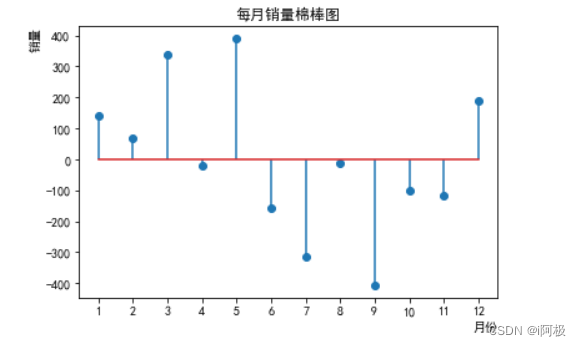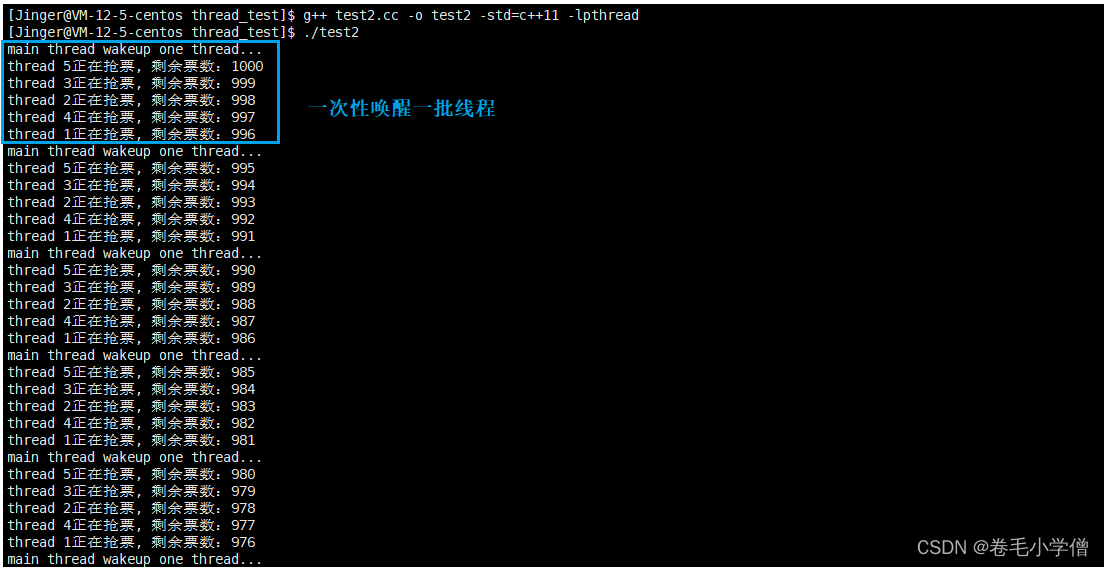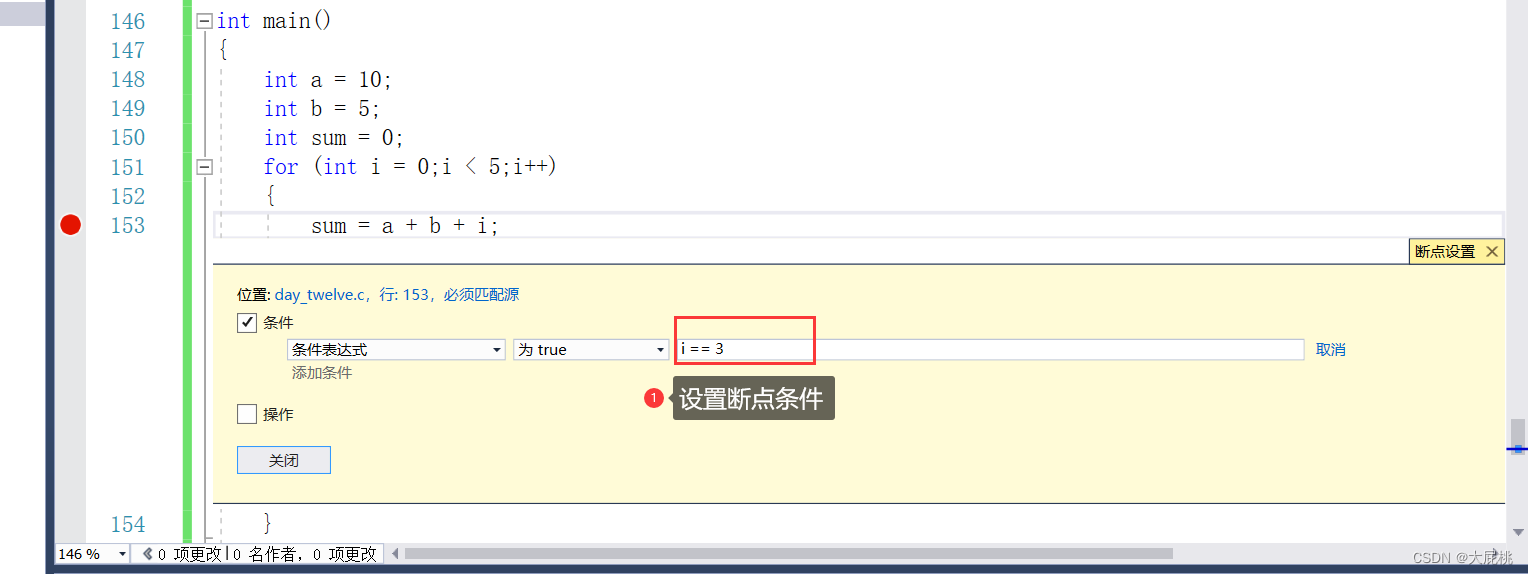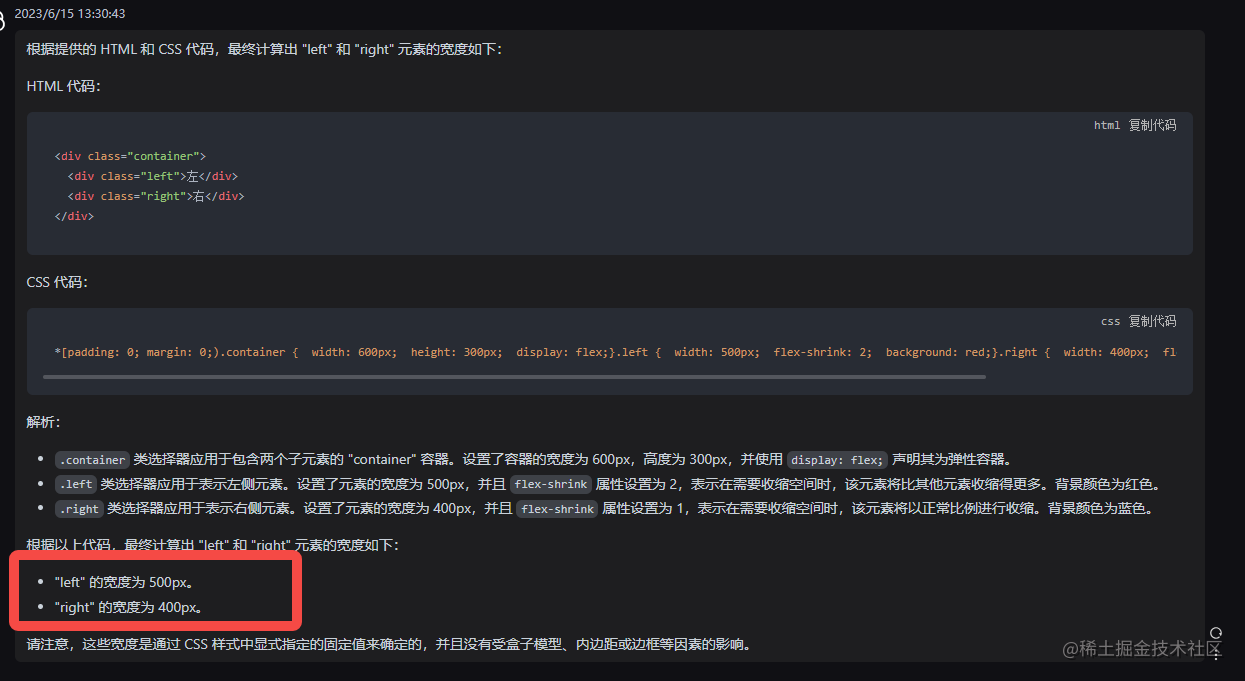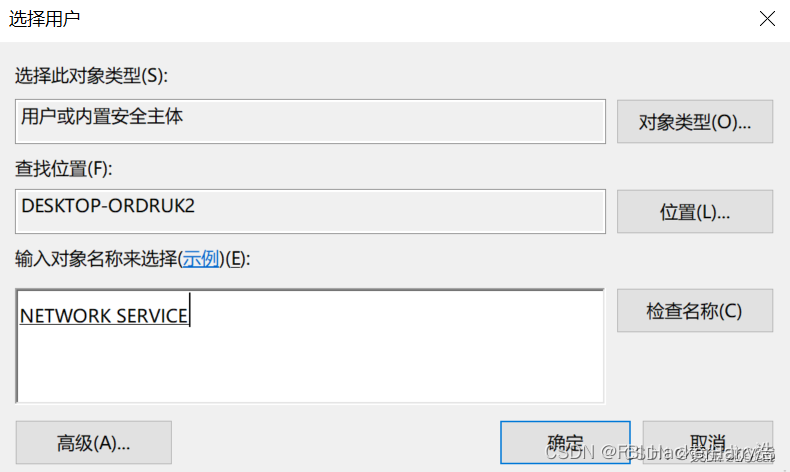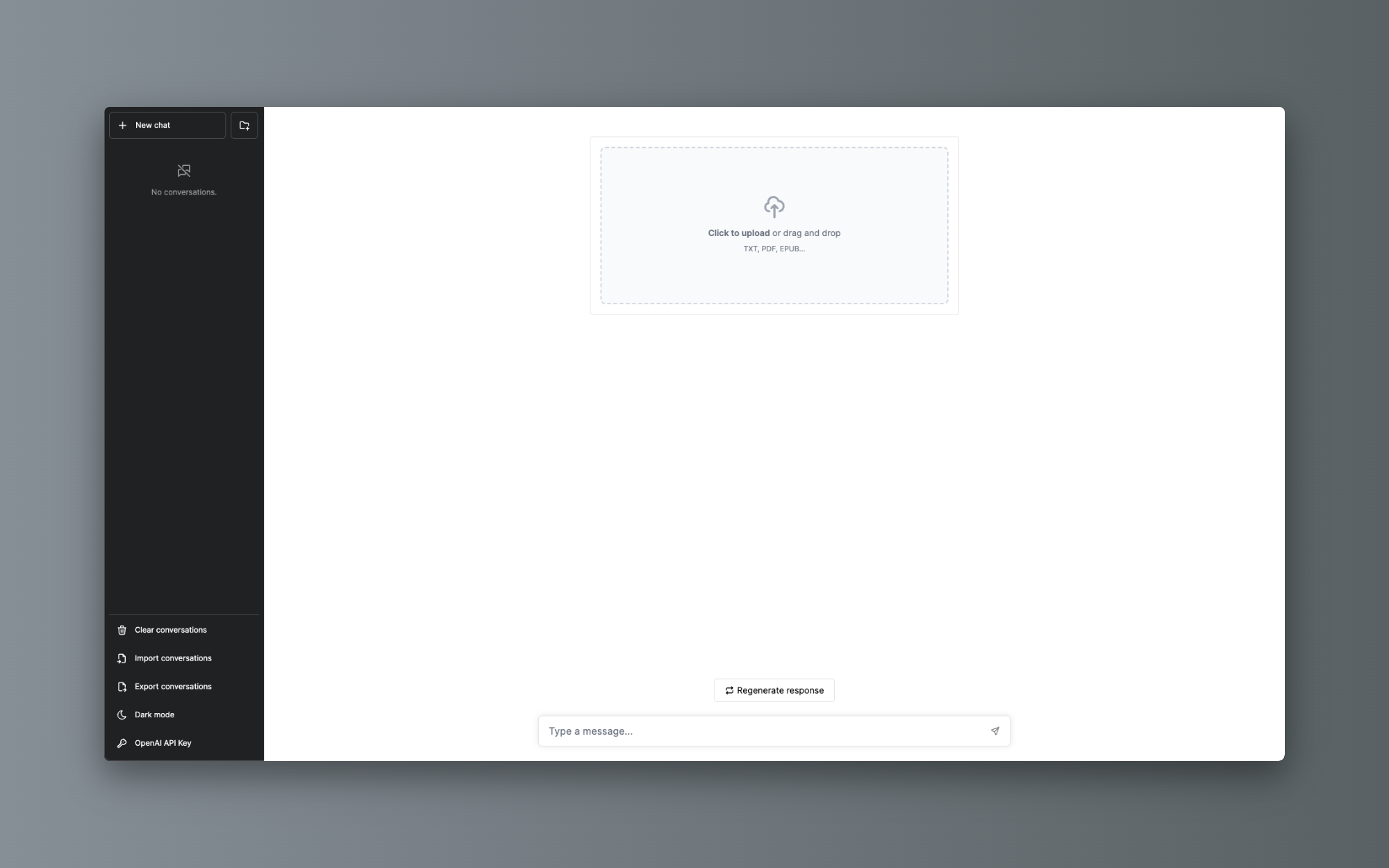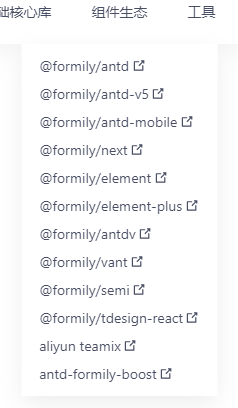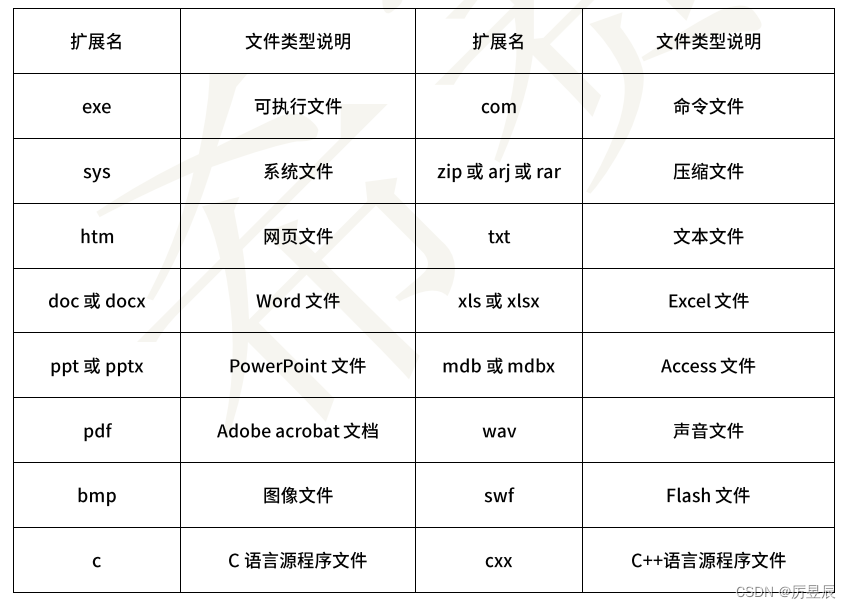Vue Router activated deactivated 路由守卫
- activated deactivated
- 路由守卫
- 1.全局守卫
- 2.独享守卫
- 3.组件内守卫
- 全局路由守卫
- 路由器的两种工作模式
activated deactivated
activated 和 deactivated 是路由组件所独有的两个钩子,用于捕获路由组件的激活状态
具体使用
activated路由组件被激活时触发deactivated路由组件失活时触发
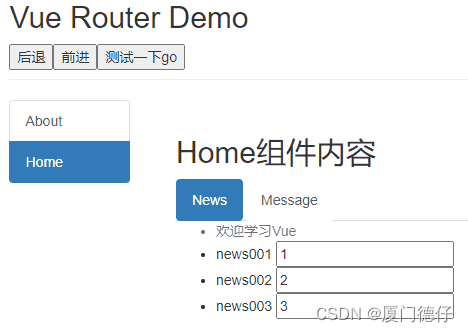
src/pages/News.vue
<template>
<ul>
<li :style="{opacity}">欢迎学习Vue</li>
<li>news001 <input type="text"></li>
<li>news002 <input type="text"></li>
<li>news003 <input type="text"></li>
</ul>
</template>
<script>
export default {
name:'News',
data() {
return {
opacity:1
}
},
activated() {
console.log('News组件被激活了')
this.timer = setInterval(() => {
console.log('@')
this.opacity -= 0.01
if(this.opacity <= 0) this.opacity = 1
},16)
},
deactivated() {
console.log('News组件失活了')
clearInterval(this.timer)
},
}
</script>
路由守卫
作用:对路由进行权限控制
分类:全局守卫、独享守卫、组件内守卫
1.全局守卫
meta路由源信息
//全局前置路由守卫————初始化的时候被调用、每次路由切换之前被调用
router.beforeEach((to,from,next)=>{
console.log('前置路由守卫',to,from)
if(to.meta.isAuth){ //判断是否需要鉴权
if(localStorage.getItem('school')==='atguigu'){
next()
}else{
alert('学校名不对,无权限查看!')
}
}else{
next()
}
})
//全局后置路由守卫————初始化的时候被调用、每次路由切换之后被调用
router.afterEach((to,from)=>{
console.log('后置路由守卫',to,from)
document.title = to.meta.title || '硅谷系统'
})
2.独享守卫
beforeEnter: (to, from, next) => {
console.log('独享路由守卫',to,from)
if(to.meta.isAuth){ //判断是否需要鉴权
if(localStorage.getItem('school')==='atguigu'){
next()
}else{
alert('学校名不对,无权限查看!')
}
}else{
next()
}
}
3.组件内守卫
//通过路由规则,进入该组件时被调用
beforeRouteEnter (to, from, next) {...next()},
//通过路由规则,离开该组件时被调用
beforeRouteLeave (to, from, next) {...next()}
全局路由守卫
src/router/index.js
// 该文件专门用于创建整个应用的路由器
import VueRouter from 'vue-router'
//引入组件
import About from '../pages/About'
import Home from '../pages/Home'
import News from '../pages/News'
import Message from '../pages/Message'
import Detail from '../pages/Detail'
//创建并暴露一个路由器
const router = new VueRouter({
routes:[
{
name:'guanyu',
path:'/about',
component:About,
meta:{title:'关于'}
},
{
name:'zhuye',
path:'/home',
component:Home,
meta:{title:'主页'},
children:[
{
name:'xinwen',
path:'news',
component:News,
meta:{isAuth:true,title:'新闻'}
},
{
name:'xiaoxi',
path:'message',
component:Message,
meta:{isAuth:true,title:'消息'},
children:[
{
name:'xiangqing',
path:'detail',
component:Detail,
meta:{isAuth:true,title:'详情'},
props($route){
return {
id:$route.query.id,
title:$route.query.title,
a:1,
b:'hello'
}
}
}
]
}
]
}
]
})
//全局前置路由守卫————初始化的时候被调用、每次路由切换之前被调用
router.beforeEach((to,from,next)=>{
console.log('前置路由守卫',to,from)
if(to.meta.isAuth){ //判断是否需要鉴权
if(localStorage.getItem('school')==='atguigu'){
next()
}else{
alert('学校名不对,无权限查看!')
}
}else{
next()
}
})
//全局后置路由守卫————初始化的时候被调用、每次路由切换之后被调用
router.afterEach((to,from)=>{
console.log('后置路由守卫',to,from)
document.title = to.meta.title || '硅谷系统'
})
export default router
独享路由守卫:
// 该文件专门用于创建整个应用的路由器
import VueRouter from 'vue-router'
//引入组件
import About from '../pages/About'
import Home from '../pages/Home'
import News from '../pages/News'
import Message from '../pages/Message'
import Detail from '../pages/Detail'
//创建并暴露一个路由器
const router = new VueRouter({
routes:[
{
name:'guanyu',
path:'/about',
component:About,
meta:{title:'关于'}
},
{
name:'zhuye',
path:'/home',
component:Home,
meta:{title:'主页'},
children:[
{
name:'xinwen',
path:'news',
component:News,
meta:{isAuth:true,title:'新闻'},
beforeEnter: (to, from, next) => {
console.log('独享路由守卫',to,from)
if(to.meta.isAuth){ //判断是否需要鉴权
if(localStorage.getItem('school')==='atguigu'){
next()
}else{
alert('学校名不对,无权限查看!')
}
}else{
next()
}
}
},
{
name:'xiaoxi',
path:'message',
component:Message,
meta:{isAuth:true,title:'消息'},
children:[
{
name:'xiangqing',
path:'detail',
component:Detail,
meta:{isAuth:true,title:'详情'},
props($route){
return {
id:$route.query.id,
title:$route.query.title,
a:1,
b:'hello'
}
}
}
]
}
]
}
]
})
//全局后置路由守卫————初始化的时候被调用、每次路由切换之后被调用
router.afterEach((to,from)=>{
console.log('后置路由守卫',to,from)
document.title = to.meta.title || '硅谷系统'
})
export default router
组件内路由守卫
src/pages/About.vue
<template>
<h2>我是About的内容</h2>
</template>
<script>
export default {
name:'About',
mounted() {
// console.log('%%%',this.$route)
},
//通过路由规则,进入该组件时被调用
beforeRouteEnter (to, from, next) {
console.log('About--beforeRouteEnter',to,from)
if(to.meta.isAuth){ //判断是否需要鉴权
if(localStorage.getItem('school')==='atguigu'){
next()
}else{
alert('学校名不对,无权限查看!')
}
}else{
next()
}
},
//通过路由规则,离开该组件时被调用
beforeRouteLeave (to, from, next) {
console.log('About--beforeRouteLeave',to,from)
next()
}
}
</script>
路由器的两种工作模式
- 对于一个url来说,什么是hash值?
#及其后面的内容就是hash值 - hash值不会包含在HTTP请求中,即:hash值不会带给服务器
- hash模式
a.地址中永远带着#,不美观
b.若以后姜地址通过第三方手机app分享,若app校验严格,则地址会被标记为不合法
c.兼容性较好 - history 模式
a.地址干净,美观
b.兼容性和hash模式相比稍差
c.应该部署上线时需要后端人员支持,解决刷新页面服务端404的问题
//创建并暴露一个路由器
const router = new VueRouter({
mode:'history',
routes:[...]
})
export default router

